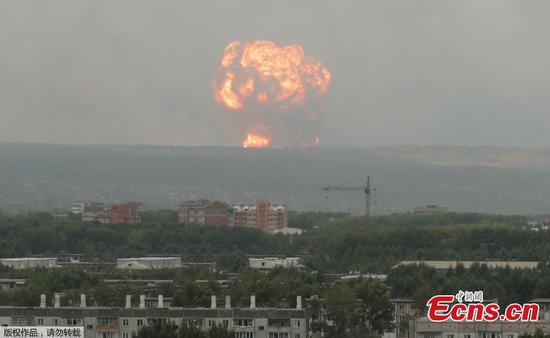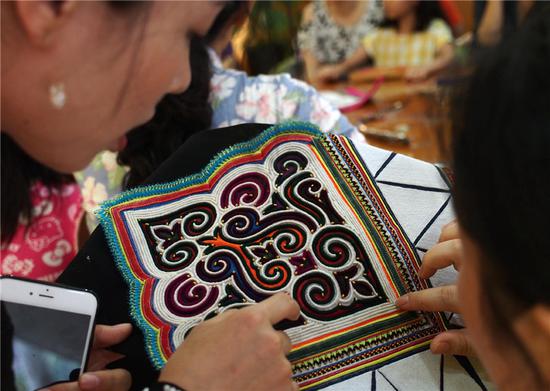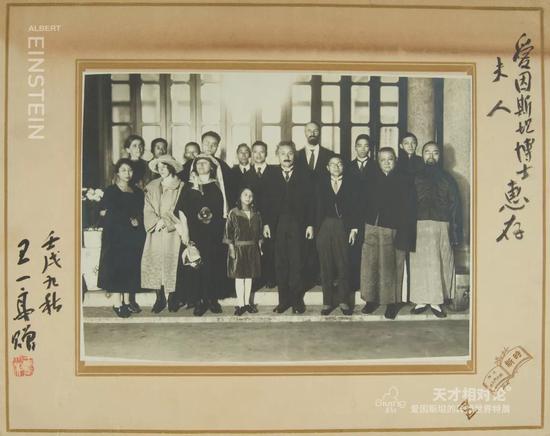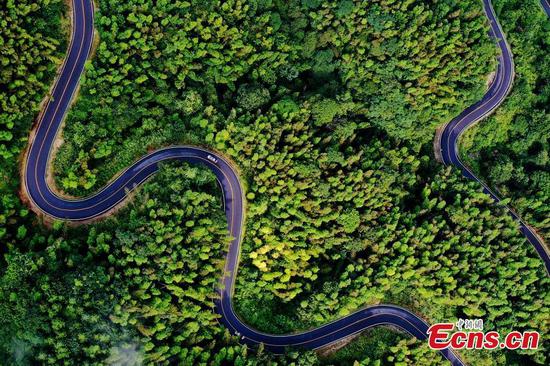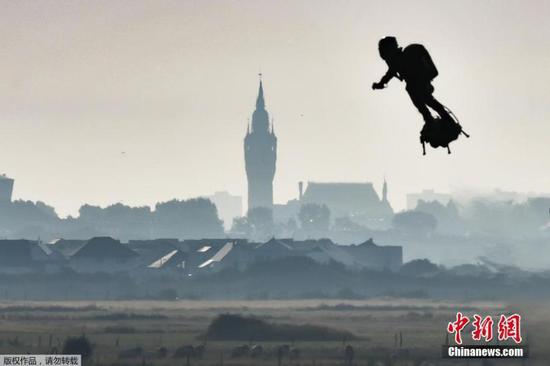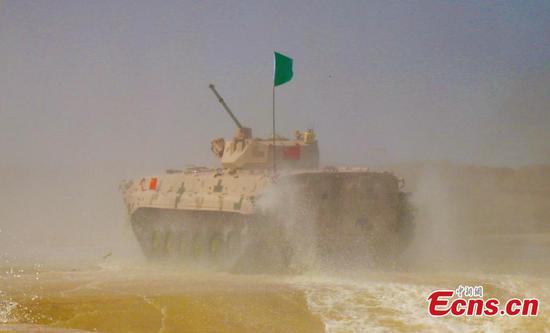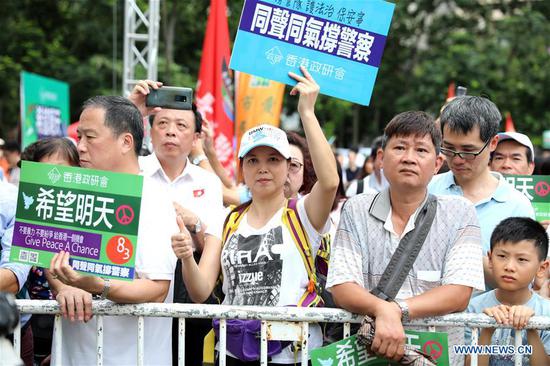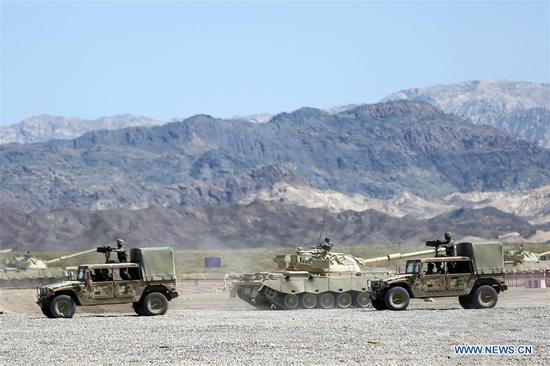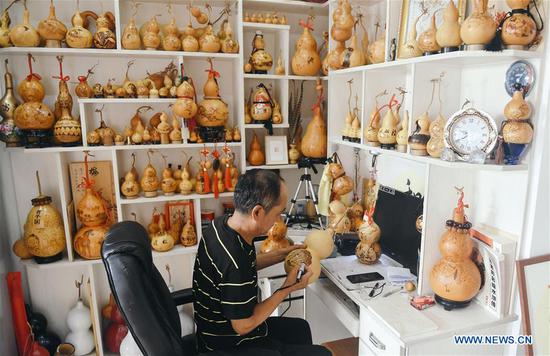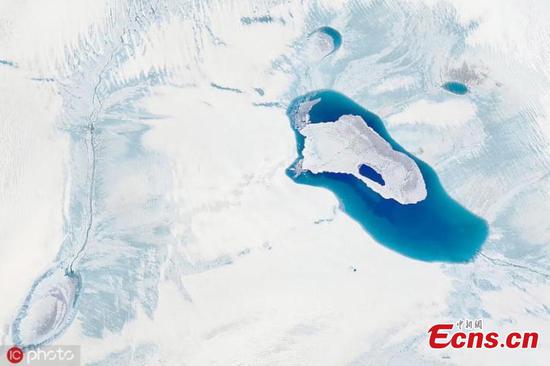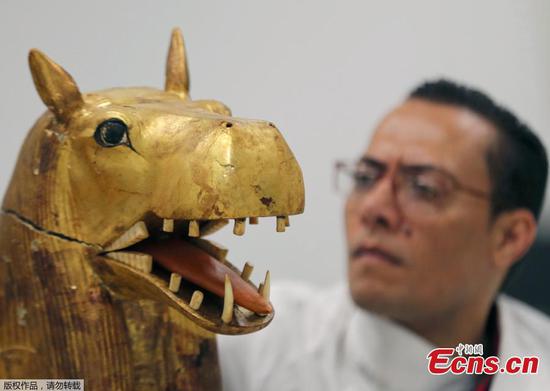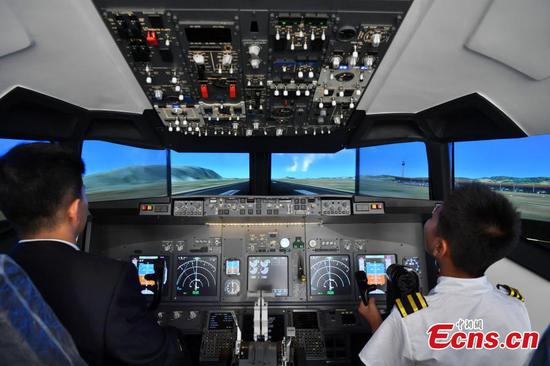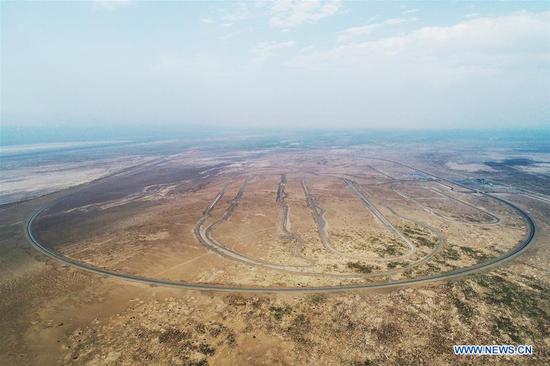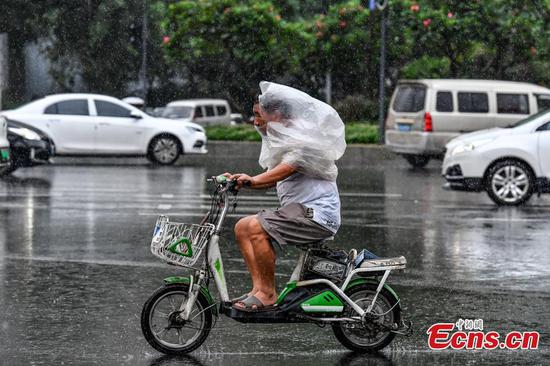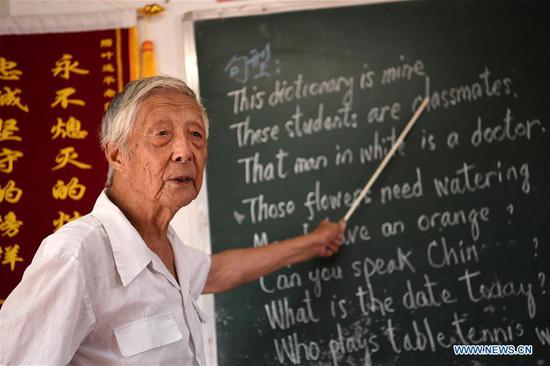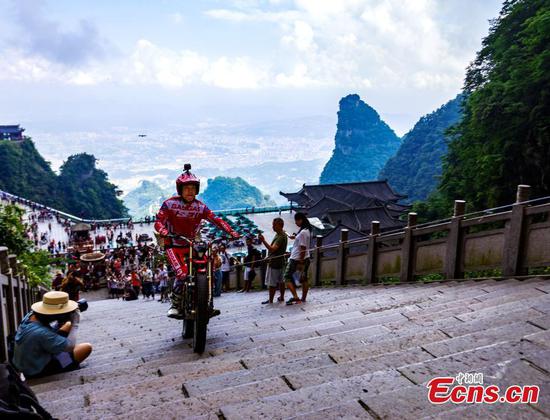Shaping as trade hub
It is hard to imagine that the bustling border city was once scattered with mines. Hundreds of thousand of mines were laid along the border during the confrontations between China and Vietnam from 1979 to 1989, according to Xinhua.
Kafeng, a village near the Friendship Pass adjacent to Vietnam, was one of the minefields.
In the 1980s, in order to make a living, villagers had no choice but to secretly conduct cross-border trade with Vietnam, selling necessities like bicycles, buckets and flashlights to the neighboring country, said Wei Zeng, a Party official in the village.
Many traders were injured or killed by the mines. "Life was not easy at that time, they had nothing to do but to take the risk," he said.
The situation began to improve when Pingxiang started opening up. Demining operations were carried out at the border area from 1993 to last year.
After three large missions to sweep for mines and establish boundary line, the dangerous historical legacy has been cleared and fields handed over to locals.
Most of the villagers in Kafeng now transport agricultural products like fruit, peanuts and cassava imported from Vietnam and sell them in Yunnan and Guizhou provinces. They earn an average monthly income of about 7,000 yuan ($995) to 8,000 yuan, according to Wei.
The development and opening-up of the border area has benefitted the villagers, he added.
Pingxiang is connected to Vietnam by rail and road. Its geographical location means it is the most convenient trading hub and the key land route to Vietnam and other ASEAN countries. Meng, the administrative committee official, said poor infrastructure of transportation initially hindered trade.
But after more than 20 years of investment and construction, border trade in Pingxiang is now free-flowing and profitable. The city's foreign trade increased from 6 billion yuan in 2005 to 89 billion yuan in 2018, ranking among the top in China's "land ports", according to the local bureau of statistics.
"In 2011, when my company first settled in the free trade zone, there were only a few dozen trucks. But now, at least 1,000 trucks cross through the port daily," said Zhang Zhihui, manager of the Overland Total Logistics Services Co based in Guangxi. It takes about eight days for Chinese goods to be exported to Singapore using the land border crossing, he said.
Amid the trade frictions between China and the United States, some Chinese companies have relocated their manufacturing bases to Vietnam, Meng said. "They need to transport raw material to Vietnam, which has stimulated the logistics business in Pingxiang," he said.
The largest exports to Vietnam are electronics, followed by clothing and commodities from Zhejiang province, while imports are mainly fruit and agricultural products from Vietnam, Thailand and other ASEAN countries. "Vietnam is not just a partner of Guangxi, it is a potential market for all of ASEAN that will bring more opportunities for the port," Meng said.
Vietnam is paying more attention to the Belt and Road Initiative and has been promoting the synergy between the "Two Corridors, One Economic Circle" initiative and the BRI, said Liang Shuhong, a professor at the China-ASEAN Research Institute of Guangxi University.










